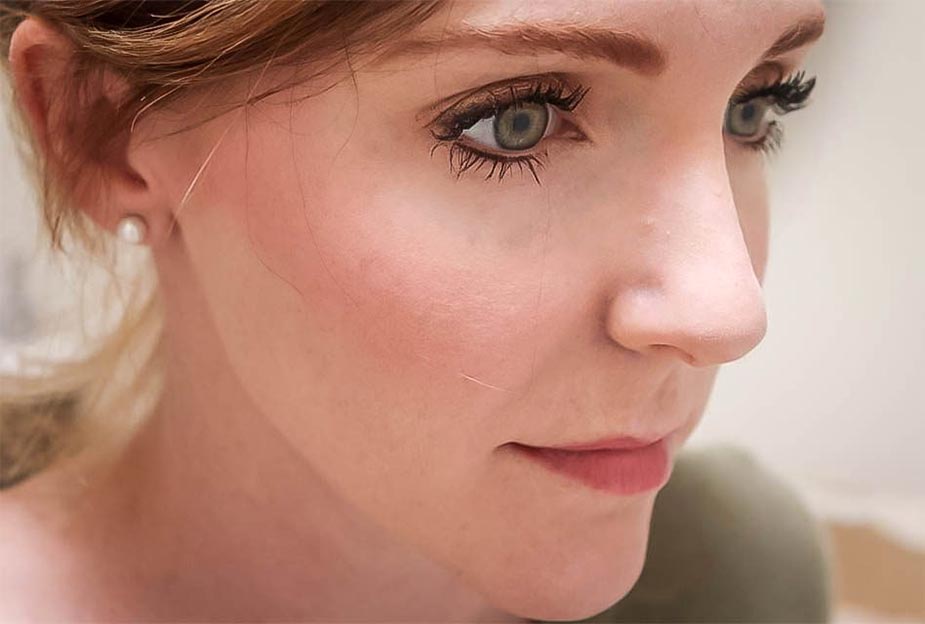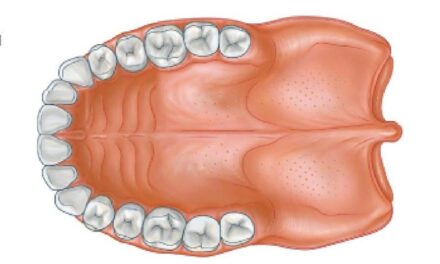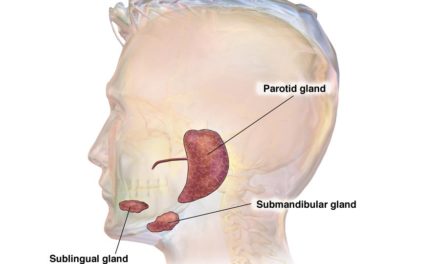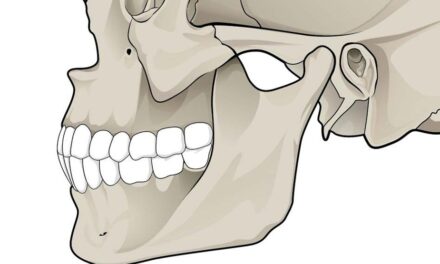Updated 26th of July 2021
The cheeks are one of the most distinct features on the human face. They cover the sides’ part, hiding the oral cavity. Cheeks span from the nose and the ears on the sides and extend from the region bellow the eyes down to the jawline.
We need our cheeks to communicate because they participate greatly in facial expressions. But cheeks also have an important role in talking and eating. They are made up of complex muscles, bones, glands, and fat pads.
Not to confuse cheeks with “buttocks” as sometimes people refer to them that way because of the roundish appearance.
Structure
Cheeks constitute the sides of the face, as well as the lateral walls of the mouth. They are made up of many structures.
The skin is the superficial layer of the cheeks and is similar to most skin of the human body. The skin is the first line of defence because it’s a protective barrier from the outside environment. The skin has also glands that give antimicrobial defence. It may contain hairs that help maintain homeostasis (body balance).
Below the skin, fat pads contribute to the contour and the fullness of the cheeks. The fat that comprises cheeks has its origins from different regions in the face:
- the infraorbital and lateral orbital fat pads
- the nasolabial fat pads
- the middle and superficial medial fat pads
- the superior jowl fat
- the lateral temporal fat pad.
These fat pads are especially large in babies and infants.
The parotid gland is located at the lateral region of the cheeks, where its duct has its opening on the part of the cheek opposite to the second upper molar. The parotid gland, which secretes digestive enzymes in the mouth, also contributes to the fullness of the cheek.
There are also many muscles located under the fat pads in the cheek region:
- the orbicularis oculi muscle (lower border) makes up the upper part of the cheek
- the levator labii superioris muscle is part of the middle of the cheek
- the levator labii superioris alaeque nasimuscle is located on the side border of the nose and delimits the middle contour of the cheek
- the risorius muscle is slightly lower than the middle of the cheek
- the levator anguli oris muscle is also slightly under the middle part of the cheek
- the zygomaticus major and minormuscles are part of the middle cheek region, with the zygomaticus major reaches the superior part of the cheek
- the buccinator muscle is deeper than all other muscles, and its function is to hold food in the mouth against teeth to allow mastication
- the masseter muscle, the largest in the cheek region, contributes to the lateral fullness of the cheek but its main function is chewing.
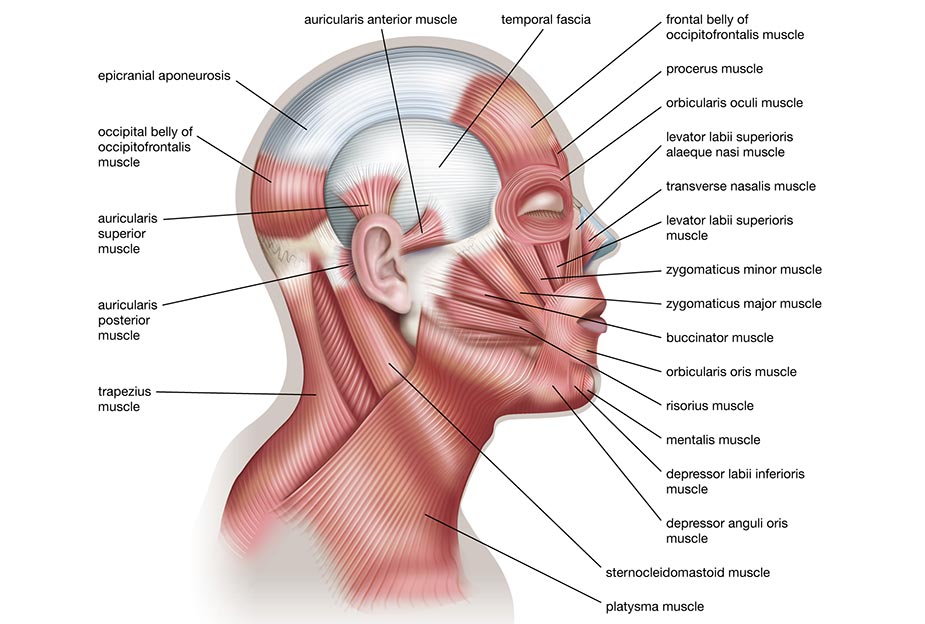
Three bones support the cheeks:
- the zygomatic bone makes up the superior bony region of the cheek
- the maxilla bone makes the upper region as well, as well as the medial bony region of the cheek
- the mandibular bone makes the lower and lateral regions of the cheek.
Function
The cheeks are a main feature seen on an individual’s face, and can help detect dermatological disorders, such as acne, sunlight exposure, and other skin diseases. Cheeks can also serve as an objective assessment of a person’s temperature.
All the structures that comprise the cheeks, work in sync to aid in digestion, speech, and facial expression.
Cheeks help in enzymatic digestion by the secretion of the enzymes from the parotid gland. Cheeks also aid in mechanical digestion, maintaining the food in the mouth so that it can be chewed and swallowed.
Cheeks provide a closed and acoustic environment in the mouth to help pronounce most of letters. This allows sounds to be heard in a distinguished manner, each of the letters in a unique way.
Most of the muscles in the cheek region participate actively in facial expressions. Muscle contractions and changes in blood flow that occur physically in throughout the cheeks result in the various facial expressions that we are used (or not used yet) to seeing.
References
- Nguyen J D, Duong H. (Anatomy, Head and Neck, Cheeks). Treasure Island (FL): StatPearls Publishing; 2021 Jan-..
- Nursing Times, (Skin 1: the structure and functions of the skin).
- Encyclopædia Britannica, (Cheek).
The information above should be used as a reference only. Any medical decision should not be taken before consulting a health care professional.

